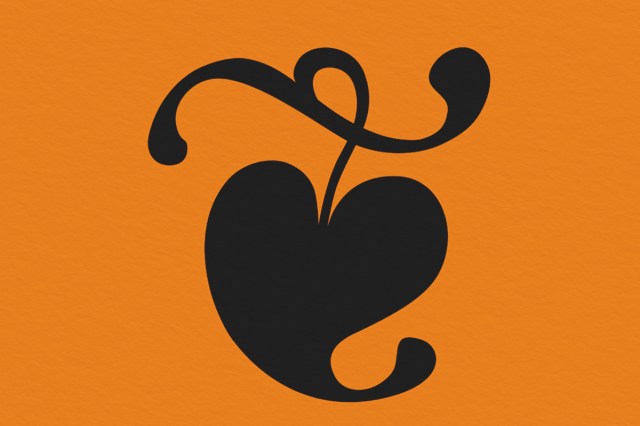
Punctuation can add a lot of nuance to a sentence. You’re likely familiar with the basics — periods, commas, exclamation points, question marks — and maybe you’re even the type who throws in the odd semicolon or em dash. If you want to venture beyond that, though, we have a treat for you. We can almost guarantee you’ve never seen these obscure punctuation marks in your favorite novels.
You can find some of these punctuation marks in the “Special Characters” section of your preferred word processor, but others have fallen out of existence. Maybe there’s a chance you can bring them back‽
Interrobang — ‽
The concluding punctuation mark in the previous paragraph is an interrobang — the lovechild of an exclamation point and a question mark. We’re sure you’ve received text messages in which someone replied with surprise, “You did what?!” or something to that effect. That’s the perfect usage of the interrobang. Its invention is credited to a 1960s advertising executive who thought shocked, yet questioning messages would be more effective if conveyed through a single mark. “Interro” comes from the Latin for “question,” and “bang” is a proofreader’s word for the exclamation point.
Rhetorical Question Mark — ⸮
The rhetorical question mark, or irony mark, looks like a backward question mark. Henry Denham created it in 1580 for questions meant to denote irony. Its use died out shortly after, but it would certainly clear up the tone of some questions, especially in texting.
Love Point — ⸮?
We have a poor approximation of a love point here, but the actual mark isn’t available in “Special Characters.” A true love point looks like two question marks that share a period and form a heart. It was part of a set of punctuation marks suggested by French writer Hervé Bazin in the 1960s as a way to add more nuance to writing. It’s meant to show affection from the speaker (or writer) to the receiver. It may not come up in professional emails, but it’s a nice touch for Valentine’s Day cards.
Certitude Point
The certitude point was another Bazin invention, intended to show forcefulness and conviction. It’s written as an exclamation point with a small horizontal line running through the middle of the vertical line. Imagine ALL CAPS blocks of text streamlined with an elegant certitude point instead.
Doubt Point — ɀ̣
This Bazin invention looks like a zigzagged exclamation point. Unlike the certitude point, the doubt point is meant to express doubt in a statement. Don’t know if someone’s telling you the truth? Unsure of what you just said? The doubt point is the mark for you.
SarcMark
The SarcMark (trademarked) looks like a loose spiral with a dot in the middle, and it’s meant to show sarcasm. This punctuation mark is not a Bazin invention, but we can’t show it to you because the designer Paul Sak trademarked it. It only displays when you’ve purchased the font or plug-in. So, if you find yourself in need of great amounts of snark and sarcasm, you know where to find it.
Snark Mark — .~
The snark mark is a lot like the SarcMark, but it wasn’t created by Paul Sak and it’s not trademarked. This punctuation is a mashup of a period and a tilde (.~), and it implies that a statement has more than one literal meaning.
Asterism — ⁂
The asterism is more of a decorative mark than a punctuation mark. This asterisk triad was once used to separate book chapters, though its usage has mostly died out. Still, it’s pretty, and you might consider using it in between headings or at the end of emails.
Exclamation and Question Commas — Ɂ̦ l̦
If you love semicolons, you’ll like these, too. The exclamation and question commas add some excitement in the middle of sentences you’re not quite ready to end. They look like exclamation and question marks with a comma at the base instead of a period. The same grammar rules that apply to semicolons apply here, but these marks will likely create more confusion than the semicolon does.
Hedera — ❧
The hedera is another decorative mark — it looks like an ivy leaf in the shape of a heart, which is appropriate because hedera means “ivy” in Latin. Its purpose was similar to that of the asterism; it signified paragraph breaks but didn’t do much else (which is probably why no one uses it anymore).















